Classes
Young people are divided into five age groups; their learning takes place predominantly within their class, however there are many opportunities throughout the school day to mix with different classes.
Class 1: age 4-6 (Reception - Year 1)
Class 2: age 6-9 (Year 2 - Year 4)
Class 3: age 9-11 (Year 5 - Year 6)
Class 4: age 11-14 (Year 7 - Year 9) Form tutor groups, but young people are taught in single year groups
Class 5: age 14-16 (Year 10 - Year 11) We are currently up to year 10
Due to the small group sizes - typically a 1:15 ratio; teachers are able to vary how they teach. Group project work, for example, will often be taught in mixed aged groups, whereas small group skills sessions are often based on current achievement level. Other lessons such as maths and literacy are more open to variation; teachers may teach a problem solving task or storytelling session as a mixed-age group, or they may choose to cover a topic based on current achievement level (often, but not exclusively age matched).
Curriculum
All classes have a timetable of lessons in line with the National Curriculum, group projects and time for self-directed learning. A range of GCSE’s is offered for 14-16 year olds. Supporting young people to develop as critical thinkers is key to our approach to teaching.
All young people work closely with their teacher and parent/carer, to support their learning choices, pick up on any difficulties, and ensure their needs are being met within the classroom.
At the end of Class 4 the class teacher helps each young person to construct their learning programme and to choose their GCSE’s or route that best supports their interests and next steps.
Additional educational needs
We work to meet the needs of the whole class and adapt and accommodate the learning and the environment accordingly. This takes a profound shift of mindset that moves away from the typical developmental path considered the ‘norm’, and instead works on the basis that the ‘norm’ encompasses a wide range of difference and diversity. In widening our viewpoint to see ‘normal’ as something that is human-made, that privileges culturally specific ways of being, we change the possibilities and the answers.
Our focus on relationships, routines and participation, does not mean some young people don’t need additional support, but our belief is that the school environment should not exacerbate the challenges young people face.
We believe in shifting our thinking from an individual final assessment means of testing learning that marginalises many young people, to ways of learning and documentation that accommodates difference and builds on our strengths. Our curriculum and problem based approach to learning, enables multiple opportunities to meet the same material in different ways and across a longer time period. This is how we build deep knowledge and understanding, and retain knowledge in our long-term memory. It is a way of meeting the needs of all learners who may have difficulty participating in individual learning activities.
All too often school ‘success’ depends on how teachers recognise and reward the cultural skills, understandings and habits which children from dominant social classes bring with them, while denying cultural learnings of others. As a staff body it is essential that we continually educate ourselves, critically reflect and listen to external ‘critical friends’ who provide accountability, as we constantly work to ensure equity in the classroom.
Assessment
To make learning visible, we aim to use ongoing formative assessment, through various forms, including teacher observation and young people self-assessment. Other useful means of documentation can offer different ways of representing and expressing thinking, captured in various media, not just speech and writing, which is more inclusive and focuses on multiple ways for teachers to know the learners and for learners to know themselves and each other.
The process of making learning visible, allows teachers to understand young people and what they know, to share this with young people, to check their interpretation and correct misunderstandings and misconceptions in thinking. When learning is visible, it encourages young people to become more self-directed, supports goal setting, develops different learning strategies, and provides the means to assess progress.
Teaching
Empowering teachers to develop their professional beliefs and values in relation to learning and teaching is an essential part of good education. Team teaching, collaboration, combining ideas, and testing hypotheses support teachers to work in partnership with young people, creating a quality practice that is inclusive and respectful.
We support teachers through our circle structure to consider how their teaching practice and their assessment protocols demonstrate depth of learning that is inclusive, values diversity and provokes a wider conversation about young people’s capabilities, and what teaching and learning should be about.
